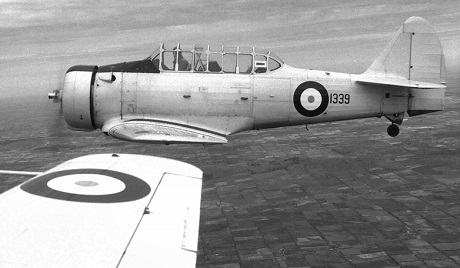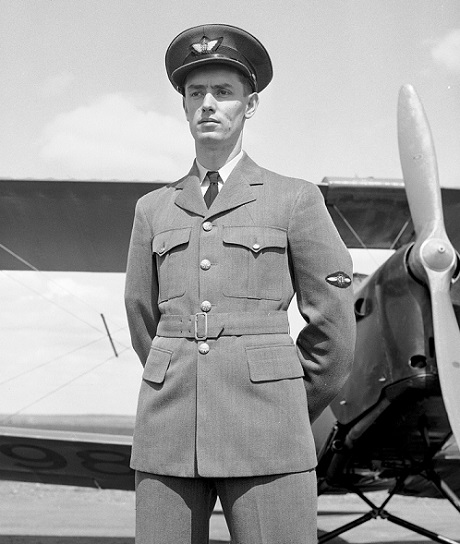The Second World War (1939-1945) - part 7

Great Britain was dangerously close to the action and vulnerable to enemy attack. Canada, with its plentiful airspace, aviation industry, access to fuel and safe distance from the Axis forces was an ideal location to teach Commonwealth aviators how to fly.
In 1939, an agreement was signed between Great Britain, Canada, Australia and New Zealand to train pilots and aircrew for service overseas. Training was also carried out on the home turf of the three Commonwealth signatories as well as in Southern Rhodesia (a British colony at the time) and South Africa (under the parallel Joint Air Training Scheme).
Canada carried the heaviest burden of training by far, graduating more than 131,000 personnel and establishing approximately 107 schools and 184 other establishments at 231 locations.
It was one of the most successful air training programs in history.
The British Commonwealth Air Training Plan (BCATP) trained pilots, navigators, bomb aimers, wireless operators and flight engineers. The program was so successful and so admired by the world that U.S. President Franklin Roosevelt called Canada “the aerodrome of democracy”.
The aircraft most often associated with the BCATP, the Harvard, was used for pilot training at Service Flying Training Schools after pilots had learned to fly on other primary trainers. The Harvard continued service as a trainer following the war.
DID YOU KNOW…

A Harvard Mk I.
The aerodrome of democracy quotation came from U.S. President Franklin Roosevelt in a 1943 congratulatory letter to Prime Minister William Lyon Mackenzie King. But the phrase was actually coined by Lester Pearson, the future Prime Minister of Canada, who ghost wrote the letter. Pearson was serving at the Canadian Embassy in Washington at the time.
FOCUS ON… THE CLAYTON KNIGHT COMMITTEE

The standard grey uniform for civilian instructors in the BCATP.
The Waldorf Astoria Hotel in New York was an Royal Canadian Air Force (RCAF) recruiting office during the Second World War.
Billy Bishop, who had been appointed the RCAF’s director of recruiting, contacted First World War pilots Clayton Knight and Homer Smith. They set up shop in the hotel — and in other locations across the country later on.
Mainly through word of mouth, the Clayton Knight Committee attracted and screened American aviators and helped them cross the border to become civilian instructors, groundcrew and aircrew. The Canadian government even passed an Order-in-Council so the Americans
would not have to swear allegiance to the King and risk forfeiting their citizenship.
More than 6,000 Americans were serving in the RCAF when the U.S. entered the war after Pearl Harbor; more than half of them were in training with the BCATP. Approximately 1,750 quickly returned home to join the American forces but, over the course of the war, more than 5,200 Americans completed their war time service with the RCAF.
| Air Force | Number of Graduates |
|---|---|
| Royal Canadian Air Force (RCAF) | 72,835 |
| Royal Australian Air Force (RA AF) | 9,606 |
| Royal New Zealand Air Force (RNZAF) | 7,002 |
| Royal Air Force (RAF) including approximately | 42,110 |
|
448 |
|
677 |
|
800 |
|
900 |
|
2,600 |
| Naval Fleet Air Arm | 5,296 |

DID YOU KNOW…
The RCAF “roped” airplanes into Canada from the United States.
In the early years of the war, Canada needed training aircraft and the United States was producing them. Canada bought the planes, but because of American neutrality, they could not be flown to Canada. Instead, factory pilots flew them right up to the Canadian border in North Dakota and Montana (as well as Maine). The grounded planes were then roped, attached to teams of horses and hauled across the 49th parallel. Then Canadian crews took them onward to their destinations.
Report a problem or mistake on this page
- Date modified: